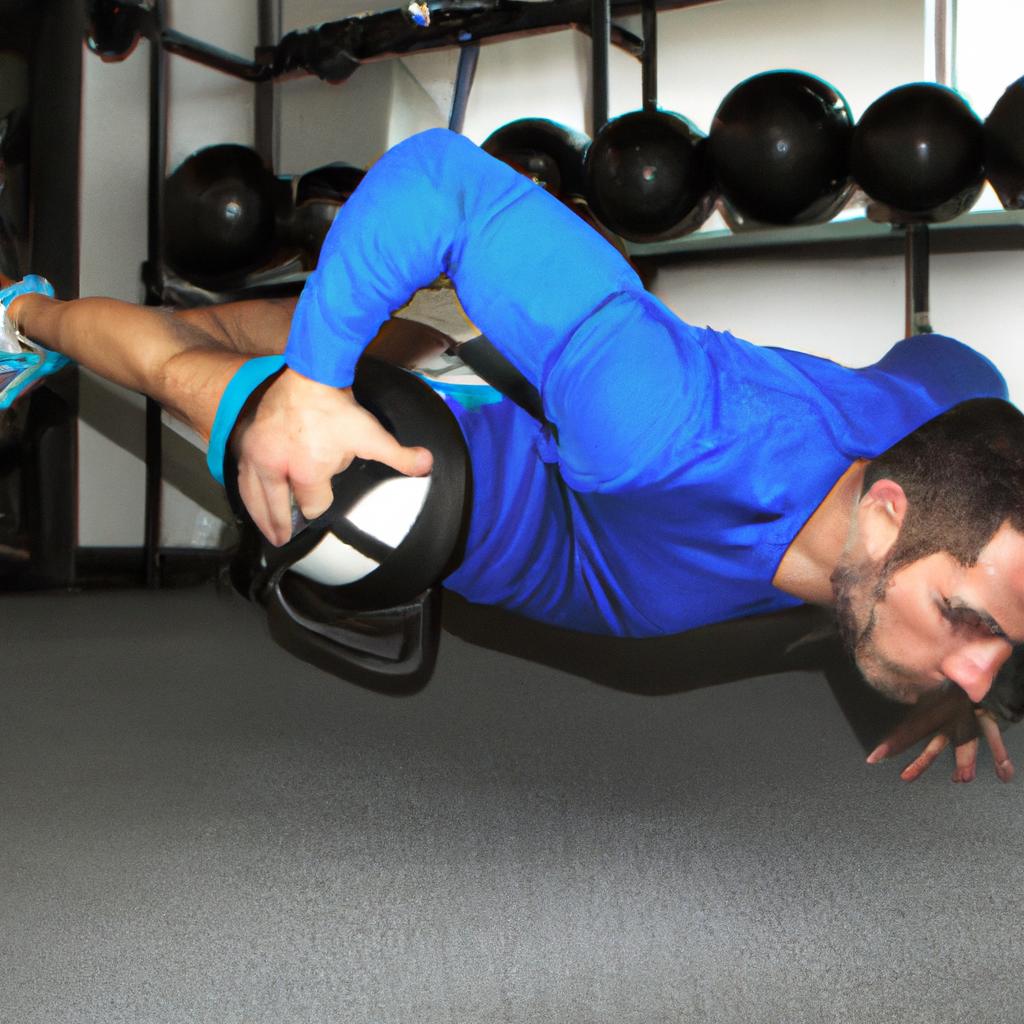**”Functional Training for Enhancing Core Stability: Techniques and Drills to Improve Balance and Prevent Injury”**
# Functional Training for Enhancing Core Stability: Techniques and Drills to Improve Balance and Prevent Injury
In today’s fast-paced world, maintaining a strong core is more crucial than ever. Core stability plays a significant role in everyday movements as well as athletic performance. Whether you’re an athlete looking to optimize your performance or a fitness enthusiast aiming to prevent injuries, functional training can help enhance core stability effectively. In this blog post, we’ll explore various techniques and drills to improve balance and prevent injury, alongside nutrition tips and health benefits that come from a well-rounded approach to functional training.
## Understanding Core Stability
Core stability refers to the ability of your trunk muscles to support and stabilize your torso during movement. A strong core is essential not only for athletes but for everyone, as it allows for better posture, balance, and functionality in daily activities. Core stability involves more than just the abdominal muscles; it includes a network of muscles in the abdomen, lower back, hips, and pelvis.
### Why is Core Stability Important?
1. **Injury Prevention**: A stable core helps in distributing loads efficiently, reducing strain on the back and joints and preventing injuries.
2. **Improved Balance**: When your core is strong, your balance improves, which is especially important as we age.
3. **Enhanced Performance**: For athletes, core stability translates into better performance in sports, as it allows for more powerful and controlled movements.
## Techniques and Drills for Core Stability
To enhance core stability, it is essential to engage in functional training that focuses on multi-dimensional movements. Here are some effective techniques and drills:
### 1. Plank Variations
The plank is a classic exercise for building core strength. To make it more functional, try the following variations:
– **Side Plank**: Focuses on the obliques and helps improve lateral stability.
– **Plank with Arm Lift**: While holding a plank position, lift one arm forward, alternating with the other. This engages your core and challenges your balance.
### 2. Dead Bug
The dead bug exercise is fantastic for enhancing core stability while minimizing strain on the lower back:
– Lie on your back with your arms straight up toward the ceiling and knees bent at a 90-degree angle.
– Slowly extend one leg and the opposite arm toward the ground while keeping your back flat. Return to the start and repeat on the other side.
### 3. Bird-Dog
This exercise promotes coordination and stability:
– Begin in a tabletop position on all fours.
– Extend one arm and the opposite leg simultaneously, keeping your hips square to the ground. Hold for a moment before returning to the start. Alternate sides.
### 4. Medicine Ball Rotations
This drill enhances rotational stability, which is vital for many sports:
– Stand with feet shoulder-width apart and hold a medicine ball at chest height.
– Rotate your torso to one side while keeping your hips facing forward. Return to the center and repeat on the other side.
### 5. Single-Leg Balance
Balancing on one leg challenges your core and improves overall stability:
– Stand on one leg, keeping the other knee raised at a 90-degree angle.
– For added difficulty, try closing your eyes or performing arm movements while maintaining your balance.
## Nutrition Tips for Core Stability
While exercise is crucial for core stability, nutrition also plays a vital role in overall health and performance. Here are some nutrition tips to complement your training routine:
– **Hydration**: Stay hydrated to support muscle function and recovery. Dehydration can lead to muscle cramps and impaired performance.
– **Protein Intake**: Include lean protein sources in your diet, such as chicken, fish, beans, and legumes. Protein is essential for muscle repair and growth.
– **Healthy Fats**: Incorporate sources of healthy fats like avocados, nuts, and olive oil, which are critical for overall health and can aid in reducing inflammation.
– **Whole Foods**: Focus on whole, nutrient-dense foods to ensure you’re getting a variety of vitamins and minerals that support muscle function and recovery.
## Health Benefits of Functional Training for Core Stability
Engaging in functional training to enhance core stability provides numerous health benefits, including:
– **Better Posture**: A strong core helps in maintaining proper posture, alleviating strain on your spine and reducing the risk of chronic back pain.
– **Improved Athletic Performance**: Whether running, cycling, or playing a sport, a stable core enhances your performance by allowing for efficient movement patterns.
– **Increased Mobility**: Core stability exercises often involve moving through different planes of motion, improving overall flexibility and mobility.
– **Enhanced Daily Functionality**: From lifting groceries to playing with your kids, a strong core makes everyday tasks easier and safer.
## Conclusion
Functional training for core stability is essential for optimizing performance and preventing injuries, no matter your fitness level. By incorporating targeted exercises and techniques into your routine, you can enhance your balance, strength, and overall well-being. Remember to complement your training with proper nutrition to maximize results. Prioritize your core stability today, and you’ll reap the benefits for years to come!















Post Comment